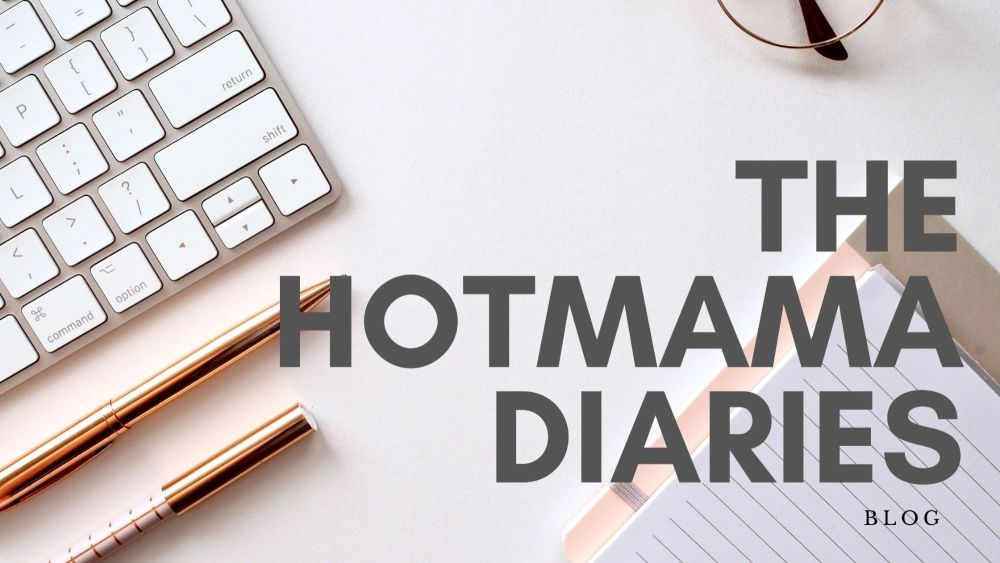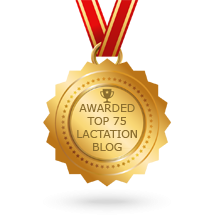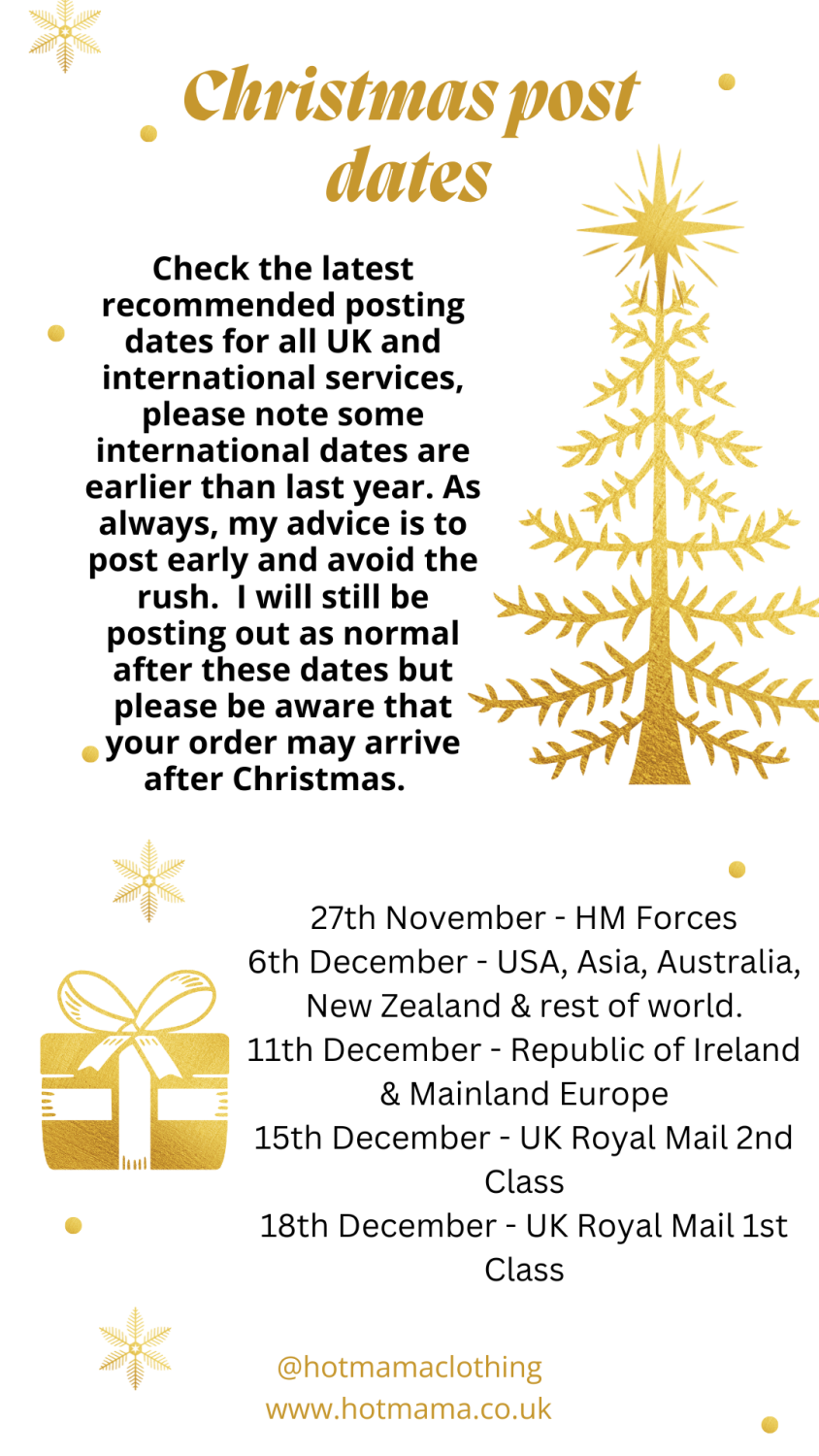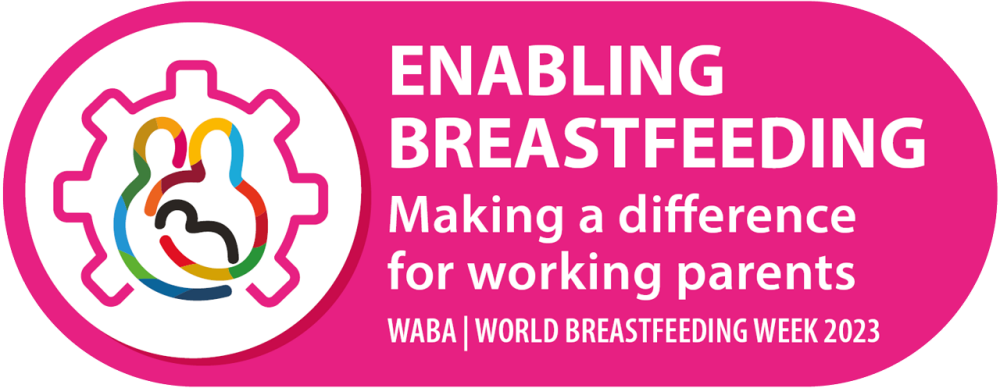Our pre-loved and end of line breastfeeding clothes
Posted on

As a small business we don't have the luxury of large warehouses or storage facilities, this means that it can be tricky to keep hold of off-season or end of line stock. Take our winter jumpers for example, they are lovely and snuggly but their bulky size means they take up lots of room. This can mean I hold off ordering summer items as I simply don't have the space for them! Equally offering customers pre-loved options of our styles is something that's I've been looking into for a while. So we've collaborated with Holleo to bring you a hotMaMa outlet featuring end of line items along with pre-loved hotMaMa breastfeed clothes.

What are the benefits of a hotMaMa breastfeeding clothing outlet?
Amazing bargains
Shopping for pre-loved or end of line items is a great way to grab a bargain item at a fraction of it's original price.
Unique pieces
You'll find some discontinued items there that I no longer stock or manufacture. Lots of our printed fabric styles for example are now really expensive for me to to manufacture, but they're something I know customers love and can be found in the outlet.
Sustainability
Not only is it great for you as the customer it's also beneficial for the environment. By purchasing pre-loved items, you're giving a second life to clothing that may otherwise end up in a landfill which seems crazy as I've always aimed to produce high quality clothes designed to last for years, so they still have so much life left in them!
Mums supporting mums
Both hotMaMa and Holleo are both small mum run brands. By purchasing products or services from mum entrepreneurs, you are directly supporting them and their families, supporting mums to contribute to the economy and pursue their passions without compromising time with their little ones. Additionally, many mum-run businesses offer unique and innovative products that may not be readily available in mainstream markets, giving you the customer access to a more diverse range of goods.
Shop the hotMaMa breastfeeding clothing outlet here




